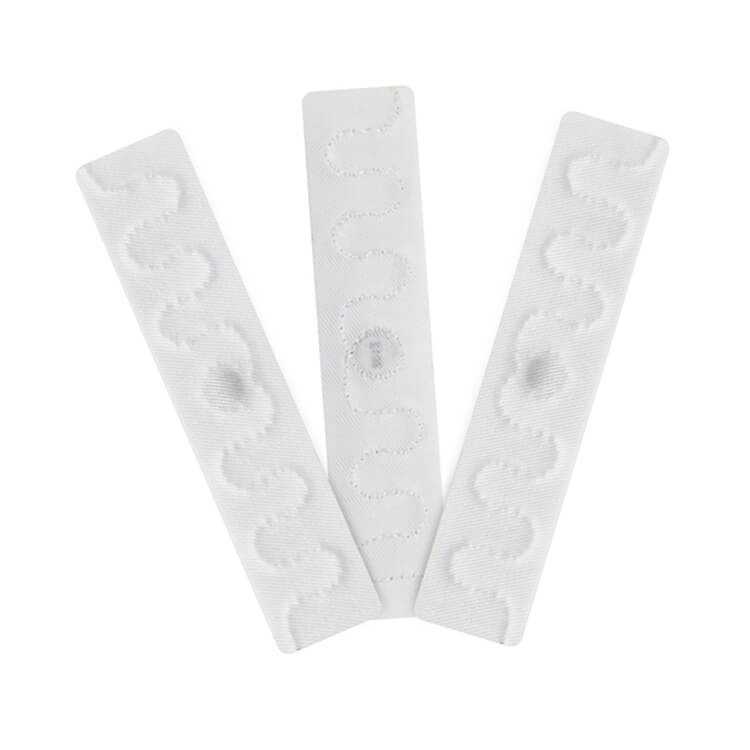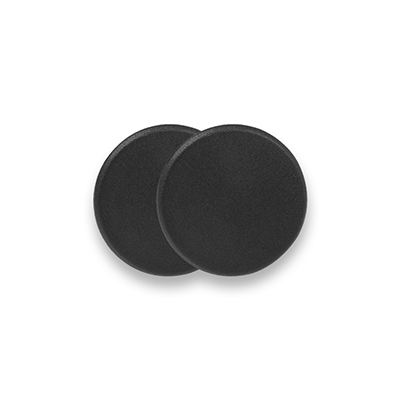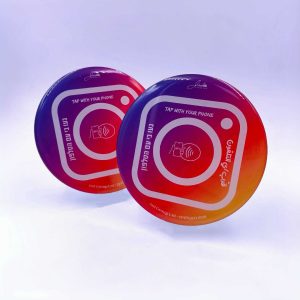Introduction
In the realm of NFC (Near Field Communication) technology, the choice of NFC chips can significantly impact the functionality and performance of various applications. In this article, we delve into a comparative analysis of two prominent NFC chips: the ICODE SLIX2 and the NTAG210.
ICODE SLIX2
Overview
The ICODE SLIX2 chip, belonging to NXP’s ICODE family, boasts a range of features that cater to diverse NFC applications.
Key Features
- Total Memory: 316 bytes
- User Memory: 320 bytes
- Max URL Length: 250 characters
- UID Length: 8 bytes
- Data Retention: 50 years
- Write Endurance: 100,000 cycles
Technical Specifications
- Chip Thickness: 120 μm
- NFC Forum Type: 5
- Operating Frequency: 13.56 MHz
- Data Transmission Rate: 53 kbit/s
- Input Capacitance: 23.5 pF
- Standard: ISO/IEC 15693
Typical Use Cases
- Libraries
- Item tagging
- Counterfeit protection
- Asset marking
- Packaging
- Product marketing
- Advertising
- Large-scale asset tagging
NTAG210
Overview
Designed for cost-effectiveness, the NTAG210 chip offers a balance of performance and affordability.
Key Features
- Total Memory: 64 bytes
- User Memory: 48 bytes
- Max URL Length: 40 characters
- UID Length: 7 bytes
- Data Retention: 10 years
- Write Endurance: 100,000 cycles
Technical Specifications
- Chip Thickness: 75 μm / 120 μm
- NFC Forum Type: 2
- Operating Frequency: 13.56 MHz
- Data Transmission Rate: 106 kbit/s
- Input Capacitance: 17 pF / 50 pF
- Standard: ISO/IEC 14443 A
Typical Use Cases
- Short IDs
- Short web links
- UID-based applications
In summary, the ICODE SLIX2 offers expansive memory and advanced features suitable for a wide range of applications, while the NTAG210 provides a cost-effective solution ideal for simpler tasks. Both chips exhibit robust performance and compatibility with mobile devices. The choice between the two depends on specific application requirements, budget constraints, and desired functionalities.
By understanding the distinct characteristics and capabilities of each NFC chip, businesses and developers can make informed decisions to optimize their NFC-enabled solutions for various applications.
Both the ICODE SLIX2 and NTAG210 NFC chips have their strengths and applications. The ICODE SLIX2 offers more memory and advanced features, making it suitable for a wide range of applications such as libraries, item tagging, and large-scale asset tagging. On the other hand, the NTAG210 is cost-effective and ideal for simpler tasks like short IDs and web links.
In conclusion, the choice between the ICODE SLIX2 and NTAG210 depends on specific application requirements, budget constraints, and desired functionalities. By understanding the unique capabilities of each NFC chip, businesses and developers can make informed decisions to optimize their NFC-enabled solutions.
















